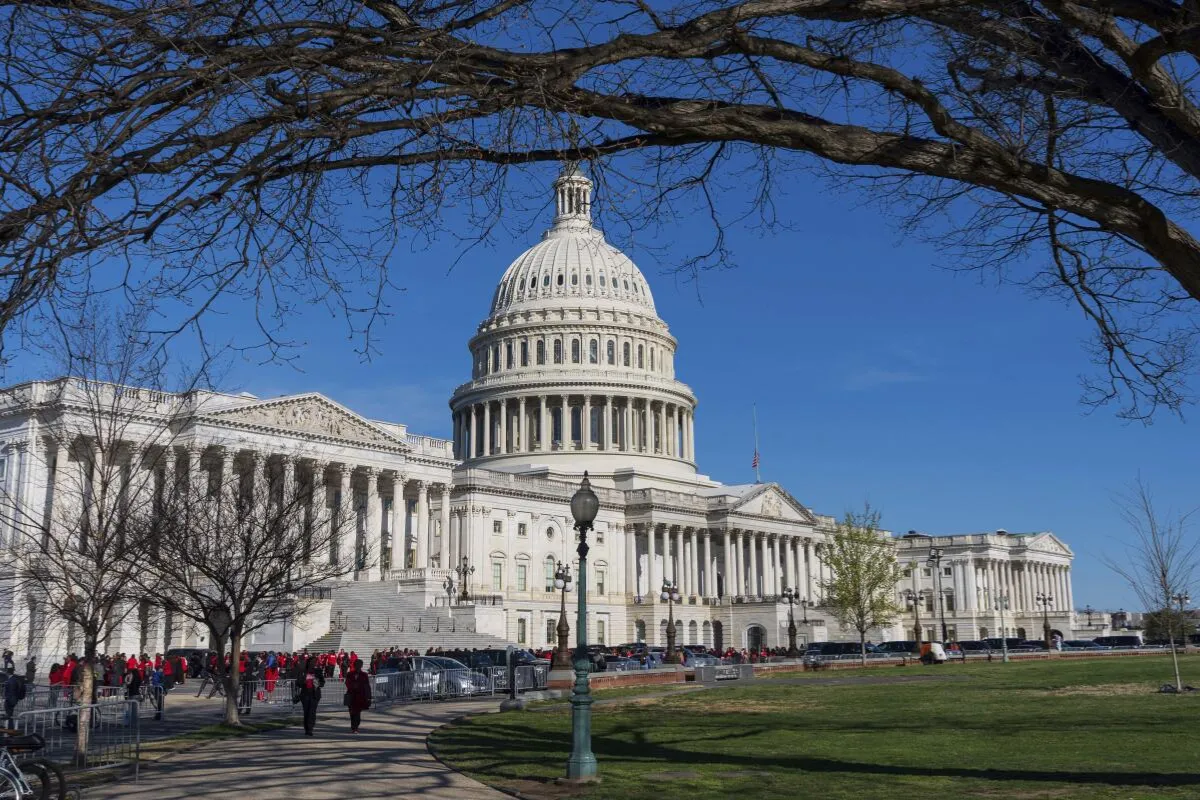West Virginia head coach Rich Rodriguez is among many college coaches who want to change how the transfer portal works—aiming to make it more like the NFL’s free agency system.
Rodriguez supports cutting the current two transfer portal windows down to just one. The idea is to reduce the chaos caused by players moving around during multiple open periods each year.
“Having just one window would at least give you a better idea of what your roster looks like,” Rodriguez explained this spring.
This view isn’t unique to West Virginia. At the 2025 American Football Coaches Association convention, coaches overwhelmingly endorsed moving to a single transfer window from January 2 through January 12, starting with the 2025-26 academic year.
Though the plan isn’t officially approved yet, it clearly has strong support—and it remains a hot topic in college football circles this spring.
Kansas head coach Lance Leipold recently weighed in, sharing why coaches prefer the January window.
“As coaches, we unanimously support one portal window, and that is in January,” Leipold said. “It gives us a chance to settle our rosters early in the year. Most teams sign players in December, so by January, you know what your roster will look like for the second semester. It lets coaches build relationships, evaluate their teams, and prepare for the next season.”
The benefits go beyond just roster clarity. Coaches believe this change would help protect the bowl season, which has been impacted by last-minute player departures. It would also create clearer boundaries in a system that’s become tough to manage.
Currently, there are two transfer windows—one in winter and another in spring—making it hard for coaches to know exactly who they have. So much so that some teams have canceled or limited spring games to avoid losing players.
Big 12 Commissioner Brett Yormark acknowledged the issue and said, “We know what the coaches want, and we’ll be discussing the January portal window with the Power Four commissioners soon. I support their position.”
Adjustments to the transfer portal have happened before, such as shortening the windows. But finding the right solution remains a top priority for college coaches who want to bring more stability and fairness to college football.
















